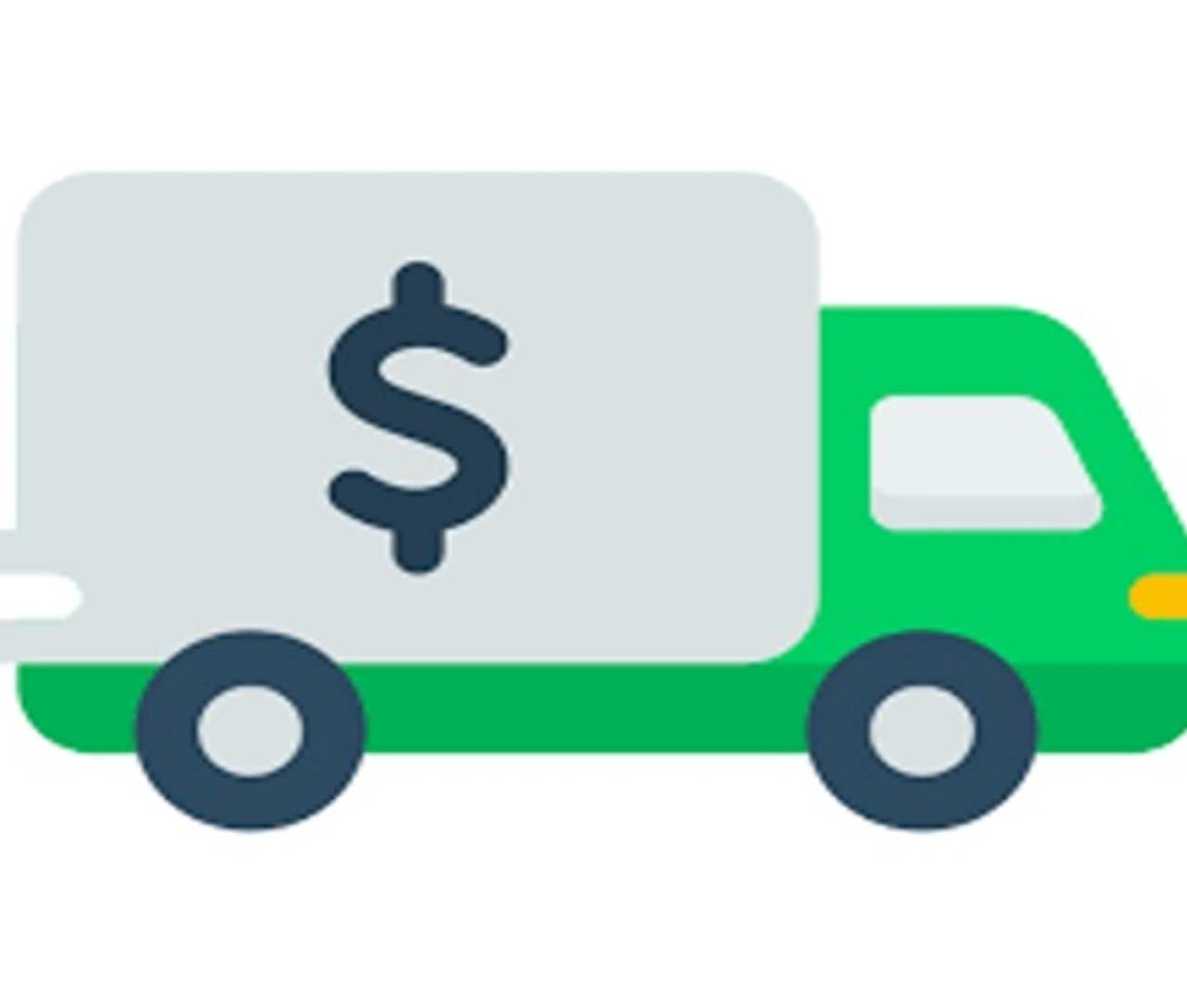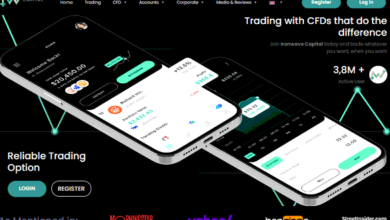Exporting or shipping products to global markets is a complicated and adaptable procedure that includes accurate planning, analysis, and, maybe most significantly, apparent knowledge of the actual cost of shipping. In this post, we will discover the complexities of export logistics, sorting out the layers of expenditure that add to the complete shipping cost of products across borders.
Knowing About Export Logistics
Export logistics involves the complete journey of products from the point of starting to their final location in a foreign market. This includes a sequence of related activities, such as documentation, transportation, customs clearance, and consent with international rules. To understand the actual cost of shipping, one must primarily know the basics of export logistics.
At the core of export logistics is the shipment of goods. Even if by air, sea, road, or train, each transport method comes with its own cost. Sea cargo, for instance, may provide reduced costs for bulk transport, but it comes with extended transit times. On the contrary, air cargo is quicker but more costlier. Harmonizing these factors is essential for exporters looking to optimize their shipping charges.
Unraveling the Constituents: Breaking Down Cost of Shipping
The true cost of shipping increases far beyond the visible expenditure on a freight-itemized bill. It includes a complete breakdown of different constituents contributing to the whole expenditure. These constituents are:
- Consignment Charges: The most probable feature of shipping costs, consignment costs include the genuine transportation of products. This involves the charges linked to carriers, even if they are shipping containers, cargo planes, or trucks. The selection of transportation modes essentially impacts these costs.
- Custom Duties and Taxes: Understanding the customs procedure is a significant feature of international shipping. Import taxes and duties differ from nation to nation, and knowing these costs is important for appropriate financial planning. Failing to justify customs-related costs can lead to unanticipated financial loads.
- Packing and Labeling: Appropriate packaging is significant for safeguarding products through transit and affects shipping charges. Successful packaging decreases the risk of adversity or damage and can save costs. In addition, labeling needs must be conformed to, and any variations may occur in delays or fines.
- Insurance or Coverage: While frequently ignored, insurance is an essential element of the actual cost of shipping. Safeguarding goods next to damage or loss throughout transportation gives financial safety to exporters. Insurance charges rely on the type of goods, the selected method of transport, and the location.
- Documentation: Export documentation is a mesh of paperwork, such as bills of lading, commercial statements, certificates of origin, and a lot more. Appropriate documentation is not only an administrative requirement but also influences the effectiveness of customs clearance. Mistakes or delays in documentation can lead to extra charges and complexities.
The Effect of Incoterms: Clearing Up Responsibilities
In international trade, International Commercial Terms or Incoterms play an important role in describing the liabilities of sellers and buyers. The selected Incoterm can necessarily impact the true cost of shipping. For example, under the FOB or Free on Board Incoterm, the trader is accountable for costs until the products are loaded onto the container, putting the load onto the purchaser thereafter. Opposite to that, CIF or the Cost, Insurance, and Freight Incoterm puts more liability on the seller, involving insurance charges, until the items reach the location port.
Figuring out and choosing the proper Incoterm is important for exporters looking to control and manage shipping charges successfully. It needs to carefully check the particular needs and risks linked to each term.
Cost Optimisation Strategies
Optimizing the actual cost of shipping in export logistics includes tactical decision-making and an enthused means to challenges. Many important strategies can participate in the cost optimisation:
- Route Plan: Selecting the most cost-effective shipping route is essential. Transportation time, distance, and possible interruptions (weather occurrence or geopolitical problems) must be assessed to know the most favorable route.
- Consolidation or Merging: Merging shipments whenever feasible can save huge costs. By mixing smaller cargo into bigger shipments, exporters can gain from economies of scale and decrease the per-unit cost of shipping.
- Technology Integration: Using technology like TMS (transportation management systems) and supply chain visibility tools can increase the effectiveness of export logistics. These tools offer real-time checking, optimize directions, and ease communication with stakeholders.
- Negotiation with Service Providers: Developing powerful relationships with freight forwarders, carriers, and different service providers allows exporters to discuss better terms and charges. Daily checking and renegotiating agreements can lessen charges and increase complete efficiency.
What is The Future of Export Logistics?
As international markets emerge and technology continues to grow, the outlook of export logistics is undergoing a big change. Innovations, for example, AI, blockchain, and automation, are addressed to transform the industry, providing improved effectiveness and cost-saving possibilities.
Blockchain technology holds the prospect of increasing clarity and safety in transactions of the supply chain. By offering a fixed and distributed ledger, blockchain can lessen fraudulent risk and mistakes in documentation, finally easing the customs clearance procedure and decreasing the associated cost of shipping.
AI and automation are changing different features of export logistics, from the predictive study for demand planning to robotic procedure automation for regular activities in documentation and consent. These technologies possess the possibility to not only decrease operational charges but also increase the complete speed and efficiency of the shipping procedure.
Summary
In the international trade world, knowing the art of export logistics includes a constant procedure of adapting, learning, and optimizing. Finding out the true cost of shipping needs a complete knowledge of the complex factors that add to expenditures, from transportation methods to customs rules.
As exporters steer through this complicated landscape, following strategic planning, using technology, and staying well-versed about the latest industry trends is imperative for success. The capability of adapting to modifications in the international marketplace and enthusiastically managing shipping charges will place exporters for continuous growth and competitiveness all over the world. In the changing export logistics world, knowledge is not just capability but also the main thing to unlock the complete prospect of global trade.









